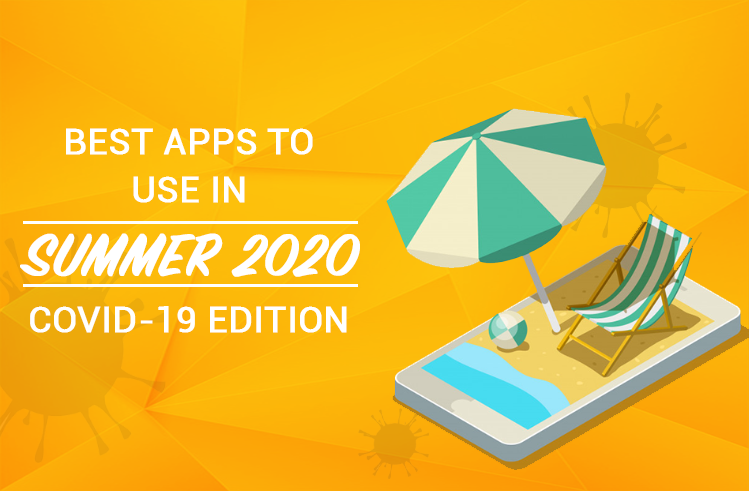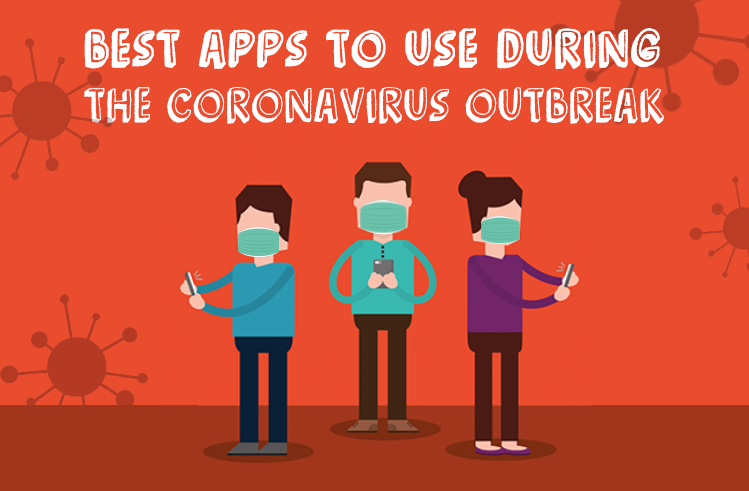THEY SAY there are two sides to every story and true enough, it look’s like there are some different plot lines developing in the fast-evolving world of “push notifications”.
Now, as illustrious a journal as the Harvard Business Review recently issued a blog-post entitled “Don’t Let Mobile Apps Get Pushy” by Richard Ting — which has created a foment of response and extended the debate for those pioneering the PUSH industry.
Richard Ting’s key recommendations are the following; and yet, whilst some observers thought he’d lost the plot – who’s to argue with the common sense contained herein?
“Use push notifications only when necessary and make sure the content in your push notification is relevant and personalized. Create a push strategy the same way you would create an email strategy. Push notifications should not equal SPAM.”
Now in many ways ‘spam’ is an overused and misunderstood word, but it’s one that inevitably and immediately got hitched to the various retweets promoting the article, ergo HBR says: “Push becomes Spam”. However, if you use Minimob then supporting the communication relationship is easy enough; set your schedules wisely, manage your lists carefully and double-check your disbarring parameters in order to keep your communication both fresh and wanted.
The other HBR guidance; namely, “Deliver the notification at the right time to the right audience in the right context. Segment. Push content to specific groups based on their individual profiles and behaviors. Push notifications should be geo-targeted, audience targeted, and time-sensitive” goes without saying.
All of these features and benefits are built in to a platform like Minimob for good reason. Publishers are able to employ contextual personalization at all times – and never write push notifications that don’t follow the ‘best practice’ script.





